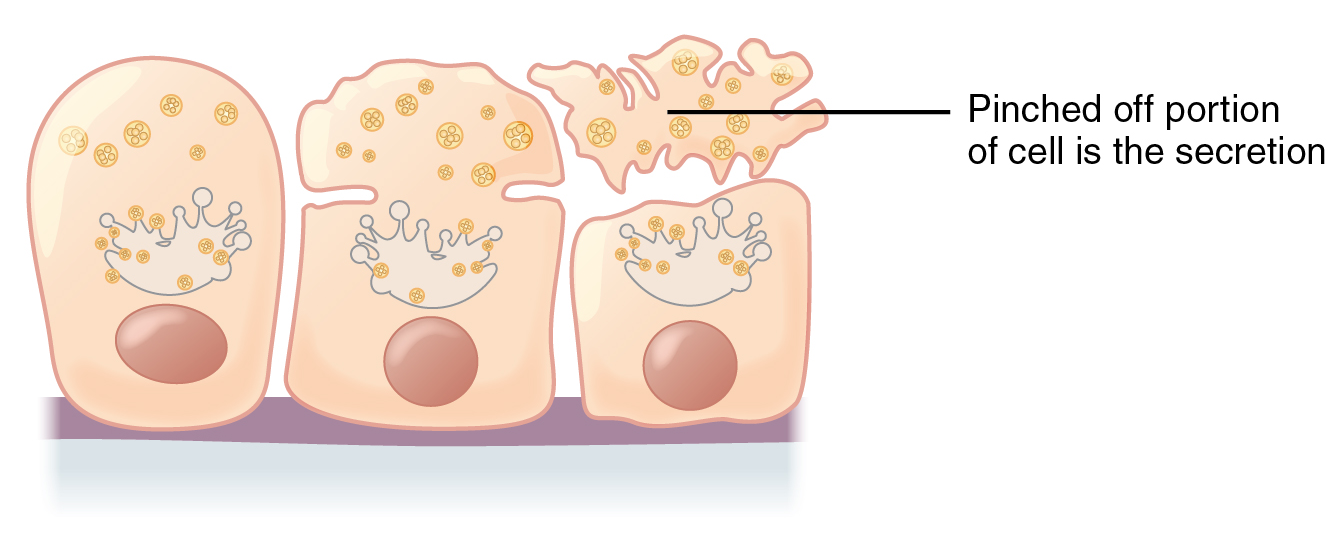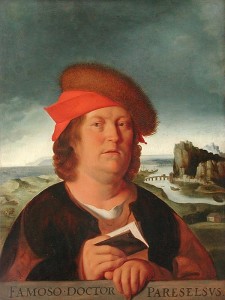Do you or someone you know suffer from diabetes? If so, you may know that this disease is a result of decreased insulin secretion from the pancreas. Decreased secretion of hormones like insulin may have detrimental effects on an individual. For this reason, researchers have conducted experiments in an attempt to understand how secretion works.
Dr. Christopher Groten, who is currently conducting research at the University of British Columbia, has found that the insertion of new additional calcium channels (Cav2) into the membrane of cells increases secretion of hormones. Specific to Dr. Groten’s research, the model organism Aplysia californica secretes a hormone called egg-laying hormone (ELH). This hormone is released upon activation of a particular enzyme called PKC.
https://youtu.be/SATOrk6w7-M
Credit: Brian Infanti
Often the transportation of calcium across the membrane occurs in response to a stimulation. However, the process involved is not well understood. Therefore, observing an organism with a simpler nervous system, such as Aplysia californica, allows researchers to better understand this mechanism by which calcium enters the cell. Correspondingly, Dr. Groten uses A. californica in his research because he believes that “Aplysia is a good organism to study because the behaviour is really well known, and it has a reduced nervous system”. Essentially, calcium channels are important for carrying out many vital processes in our body. Below, you’ll find a clip that might help answer a few questions about calcium channels in general.
https://soundcloud.com/brian-infanti/so-group-6-podcast
Credit: Brian Infanti
According to the podcast, there are many diseases associated with calcium channel deficiencies. Another study shows how specific areas of cells are associated with increased calcium channels and increased secretory vesicles. As a result, this leads to greater release of hormones. Perhaps a connection between calcium channel insertion and regions with lots of secretory vesicles can be made by relating this particular study to Dr. Groten’s findings in order to lead to other therapeutic strategies for various diseases.
As world population increases and diseases such as diabetes become more prevalent, further resources are required to improve research. For instance, Public Health Agency of Canada reported spending $15 million in the past 4 years on funding for the National Population Health Study of Neurological Conditions. With this type of funding in the public health sector, research like Dr. Groten’s can help lead to new discoveries that benefit the public.
– Paria Assadipour, Daniel Kim, Brian Infanti







